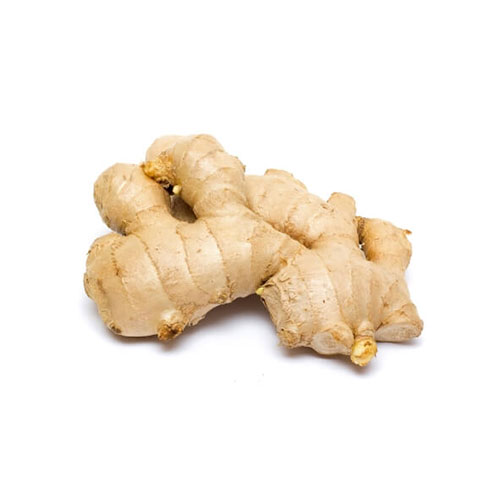Ginger CO2-to extract
Product-No.: 014.002
Raw Material:
Zingiber officinale Roscoe – Rhizome, dried
Production:
By supercritical fluid extraction with natural carbon dioxide, no solvent residues, no inorganic salts, no heavy metals, no reproducible microorganisms [1].
Ingredients:
see specification
Application:
In medicine, extracts of ginger are used in herbal remedies for the prevention of nausea and vomiting in motion sickness. Ginger has also been used for mild, cramp-like stomach problems and flatulence [2]. The extract is used for coughs and sore throats [3]. Ginger has antioxidative and antimicrobial effects. Studies have shown an effect against cardiovascular diseases [4].*
The ginger extract gives food and drink an interesting, fresh, spicy and hot taste, so that the extract is often used in sweets, drinks, alcoholic beverages and also in rice, meat and other tasty dishes. Ginger products are popular in Asian and also European cuisine.*
Due to its positive physiological properties, ginger extract can be used in various food supplements.*
Because of its antioxidant and anti-inflammatory properties, ginger can reduce UV-induced wrinkling and protect against skin aging [5,6]. Ginger is also reported to improve blood circulation and thus help relieve tension [7]. The ginger extract is therefore suitable for use in anti-aging products, sun creams, massage oils and relaxation baths. In addition, the ginger extract has a characteristic and invigorating aroma. Therefore the extract is also suitable as a fragrance in perfume, deodorants, shower gel and shampoos.*
Literature:
[1] P. Manninen, E. Häivälä, S. Sarimo, H. Kallio : Distribution of microbes in supercritical CO2 extraction of sea buckthorn (Hippophae rhamnoides) oils : Zeitschrift für Lebensmitteluntersuchung und -Forschung / Springerverlag (1997) 204: 202-205
[2] Committee on Herbal Medicinal Products (HMPC), European Medicines Agency (EMA) : Community herbal monograph on Zingiber officinale Roscoe, rhizoma : (2012) EMA/HMPC/749154/2010
[3] Wolfgang Blascheck u.a. (Hrsg.) : HagerROM 2017, Hagers Enzyklopädie der Arzneistoffe und Drogen : Suttgart: Wissenschaftliche Verlagsgesellschaft Stuttgart, 2017
[4] Mao QQ et al. : Bioactive Compounds and Bioactivities of Ginger (Zingiber officinale Roscoe) : Foods 2019, 8, 185
[5] I. Meyer, M. Herrmann, M. le Maire, E. Caviola, P. Pertile : The Reinvention of Ginger Root: A Traditional Plant Promoted to a Multifunctional Skin-Beautifying Active : SOFW-Journal, 141, 1/2-2015
[6] Mohaddese Mahboubi : Zingiber officinale Rosc. essential oil, a review on its composition and bioactivity : Clinical Phytoscience (2019) 5:6
[7] Dr. Kalpagam Polasa and K.Nirmala : Ginger: Its role in xenobiotic metabolism : ICMR Bulletin Vol.33, No.6, June 2006, Indian Council of Medical Research, New Delhi
